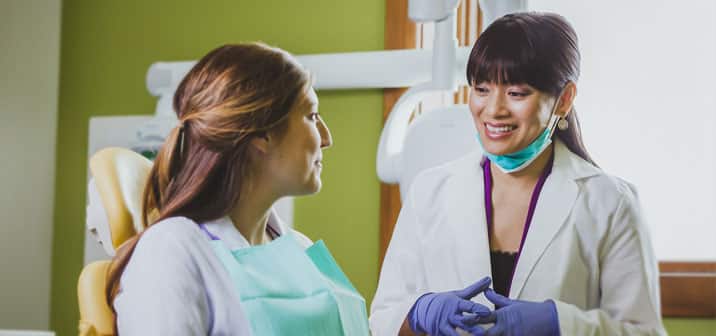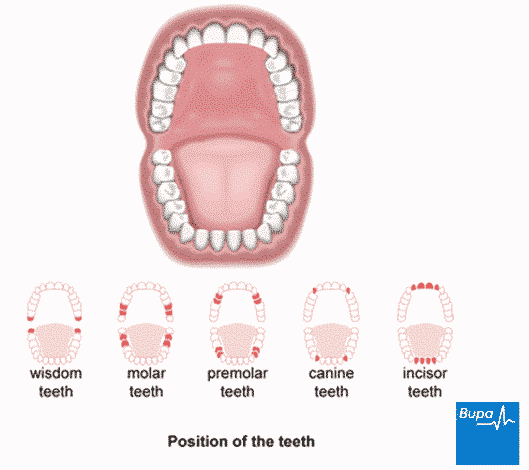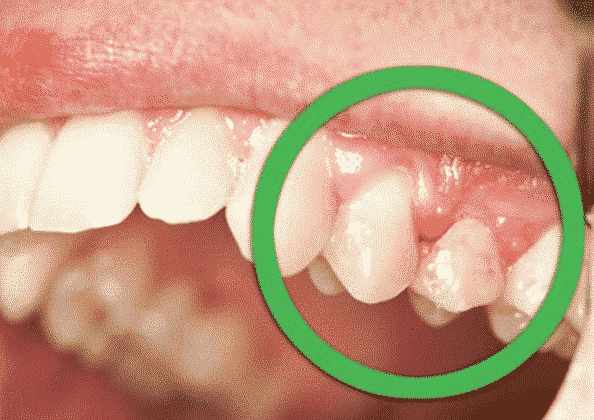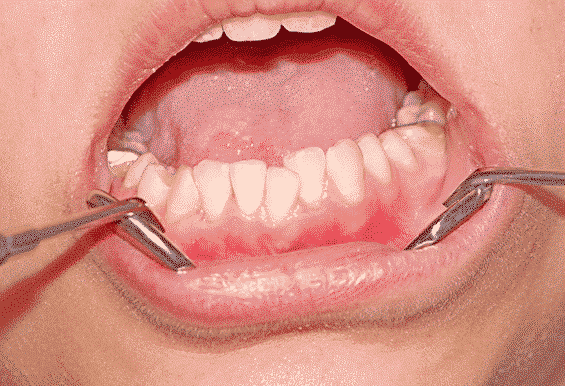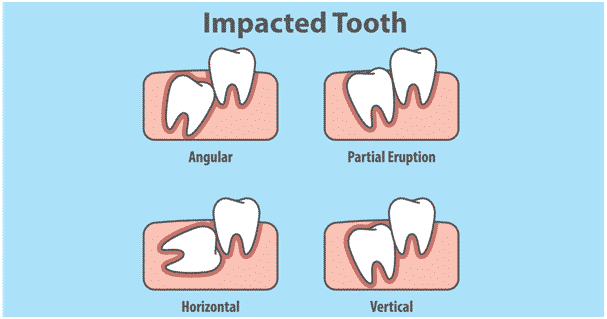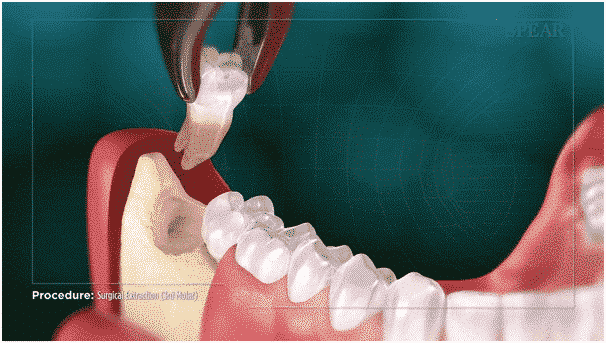The teeth play a key role in our body. They make us look beautiful and most importantly, help to chew food for better digestion. In light of this, it’s crucial to take proper care of our oral health.
Failure to do this can lead to catastrophic consequences. For instance, tooth extractions are the number one hospital procedure for 5 to 9-year-old in England.
Generally, it’s recommended that you brush your teeth twice a day with fluoride toothpaste and use dental floss regularly. You should also visit your dentist at least once in 6 months.
However, this doesn’t totally prevent tooth infections in the future.
When you suddenly feel an ache at a corner of your teeth or any other problem, what does it mean? What do you need to do?
The bad news is that in some cases, tooth decay can develop in your mouth.
And when this occurs, some of your teeth will develop permanent damage. When this occurs, your tooth may need to be removed.
But how do you know when you need a tooth removal?
I’ll explain 6 of the signs you need to watch out for to know when you might need to prepare for teeth removal. But before we go on;
What is tooth removal?
Tooth removal is a dental practice of removing a tooth from its dental socket due to different factors as determined by a dentist. In most cases, a tooth is removed by an oral surgeon.
Nevertheless, your tooth can also be removed by general dentists or periodontists as part of their services.
1. Infection
When there’s an infection to your tooth, this may lead to decay. The good news is that not all cases of tooth decay require the removal of the tooth.
A procedure called root canal therapy (RCT) can be used to cure decay. One important part of your teeth is the pulp which provides blood flow to your teeth.
However, the pulp can get destroyed when there’s a deep cavity or your tooth is broken. In such a situation, bacteria from your mouth will be able to reach your pulp.
This can lead to infection or dying of vital tissues in the pulp.
For a dentist to carry out the root canal treatment, they’ll have to numb the area around the infected tooth and open it. After that, they’ll remove the infected or dead pulp and clean the pulp chamber to ensure there are no bacteria in it.
The pulp chamber will then be filled with a dental material called “gutta-percha” to replace the infected pulp. After this, your dentist may place a crown on your tooth to restore its appearance and strength.
If this procedure or the use of antibiotics fails to cure the infection, then removal of the teeth will usually be the best option.
Sometimes, dentists do this as some infections can spread to the gum and infect other teeth. Therefore, the removal of such a tooth is also a step to protect other teeth.
Apart from a tooth removed as a result of infections, it can also be removed even without the infection. Since prevention is better than cure, a tooth can be removed when there’s a risk it could be infected.
This is possible for people who are undergoing chemotherapy or are about to have an organ transplant. At this period, the immune system is weak and incapable of fighting a potential infection to a tooth. The tooth may be removed to prevent the infection.
2. Overcrowding
There’s limited space in the mouth. When you have big teeth in your mouth, this can lead to overcrowding.
In this situation, it’s common for some teeth to have difficulty in breaking through the gum. This is because there’s no space.
In a case like this, your dentist may recommend pulling a tooth to prepare your mouth for orthodontia.
This is the treatment done to make your teeth grow straight and close the gaps between them. It could include the use of a device like braces.
With overcrowding, it may be difficult to carry out orthodontia due to the limited space.
3. Periodontal disease
This is a disease of the gum that infects the tissue and bone that surrounds and supports your teeth.
Consequently, the bacteria responsible can begin to irritate and attack your gums. As a result of this, your gum may become swollen, feel painful, and start to bleed.
The early stage of periodontal disease is known as gingivitis. At this stage, the disease can be treated by removing the bacteria and carrying out deep cleaning.
However, if the disease grows, it can lead to a lot of damage to the teeth and gum.
For instance, your gum can begin to recede and pockets can appear in the gum tissue. This can expose your tooth and root structure and lead to a lot of pain.
The cause of the periodontal disease is usually bacteria in dental plaque. It’s usually a sticky substance that forms on your teeth after many hours without brushing.
This disease causes your teeth to loosen and the solution may be to remove the affected teeth.
4. Impacted tooth
To create space in your mouth, your dentist may have to remove the impacted tooth.
5. Accidents
Every day, accidents happen. And even though you don’t wake up daily planning to get involved in an accident, it’s a part of life. Another thing with accidents is that it can lead to injuries.
In some cases, these injuries affect your teeth. If you sustain any injury to the teeth, the aim of your dentist is to preserve your teeth using crowns, bridges, or other methods.
However, if there’s extensive damage to the teeth, the best option may be to remove the teeth.
6. Wisdom Tooth removal
This is one of the most popular cases of tooth removal. In most adults, it’s expected that they have 4 wisdom teeth.
However, in some cases, adults have 2 to 3 wisdom teeth while some adults have no wisdom tooth at all.
When does it become necessary to remove the wisdom teeth? In situations when the teeth start to cause pain or discomforts to an individual, the best step may be to remove them.
Another case for removal is if the teeth cause a change in the alignment of other teeth or impact other teeth. Whether the wisdom teeth will be removed or not depends on each individual’s case.
Your dentist takes X-rays of your wisdom teeth to see how it’s positioned in the mouth.
For many individuals, the wisdom teeth are below the gum line and your dentist will take this into consideration before removal.
Before a tooth extraction is done, your dentist will check your teeth, gums, and mouth to ensure that all is set. In most cases, the aim of your dentist is to preserve your teeth and treat any possible infection.
But when this is impossible and the infection can spread to your gum and other teeth, then the dentist will have to resort to a removal. Generally, there are two ways your teeth removal procedure can be carried out:
i). Simple Removal:
If the tooth to be removed is visible, then a simple removal can be done. To prevent pain to you as the patient, local anesthesia is used. This numbs the area where the tooth is to be removed.
An instrument called an elevator is used to loosen the tooth and forceps are used to remove it.
ii). Surgical Removal
If the tooth is hidden or difficult to access, a surgical procedure is carried out to remove the tooth.
In some cases, your dentist may perform an incision to make your tooth visible or the tooth might be split into pieces to aid its removal.
You’ll receive general anesthesia to make the process painless. This will make you unconscious during the procedure.
After your teeth removal, the area should form a blood clot and you should heal in a few days.
Your doctor will recommend the necessary steps to follow to ensure a fast and smooth recovery. This will include prescribing pain relief medication and others.
Conclusion
Taking care of your teeth is vital to your oral health. This can prolong your teeth’ functions for many years into the future.
However, you have to understand when the best move is to actually get that precious tooth out of your mouth.
You can contact your dentist to get more details and advice relating to tooth extraction and the next step to take in a particular situation.

